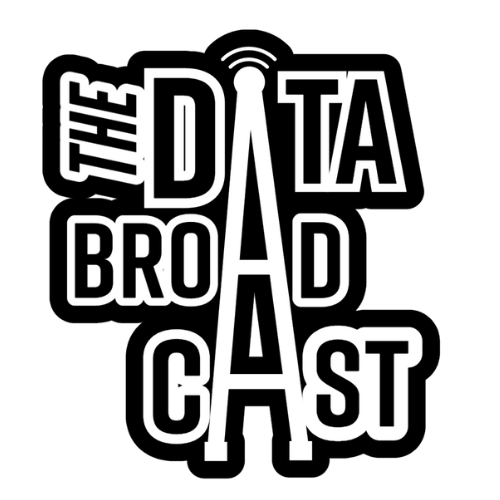Table of Contents
Open Table of Contents
Discovering Every Noise at Once
What if a single webpage could introduce you to every music genre in the world? That’s exactly what Every Noise at Once does. This unique project, created by Glenn McDonald, a principal data scientist at Spotify, is a massive, interactive map of 5,996 musical genres.
I spent hours exploring it, and if you’re a music lover, this deep dive into the project will fascinate you. I spoke with Glenn McDonald to understand the origins of this incredible tool and the data science behind it.
How Every Noise at Once Works
The website allows users to click on any genre and listen to a sample. You can explore at random or dive into specific categories. Even better, you can access Spotify playlists based on each genre.
But the placement of each genre on the map is not random—it’s based on data.
Genres are categorized along two axes:
- Vertical axis (“Organism”): Electric instruments and electronic beats are at the top, while acoustic instruments and human-timed rhythms are at the bottom.
- Horizontal axis (“Sonic Density”): Stable, sustained sounds (like black metal or classical organ) are on the left, while bouncy, spaced-out sounds (like reggae or hip-hop) are on the right.
This structured placement gives users a visual way to navigate through the vast world of music.
The Origins of Every Noise at Once
Glenn McDonald originally created Every Noise at Once as a debugging tool while working at The Echo Nest, a startup later acquired by Spotify. The Echo Nest specialized in machine learning models to analyze music’s psychoacoustic properties—like energy, danceability, or whether a track is instrumental or acoustic.
By feeding thousands of annotated songs into an algorithm, they could extrapolate characteristics to categorize millions of tracks. But how do you evaluate such massive datasets? That’s where genre categorization became useful: if folk music didn’t appear on the acoustic side and EDM wasn’t on the electric side, they knew their model needed tweaking.
Eventually, McDonald realized this tool wasn’t just useful for debugging—it was a fascinating way to explore musical diversity.
Where Does the Data Come From?
Before merging with Spotify, The Echo Nest scraped the web for music-related content—blogs, reviews, and news sites. Once part of Spotify, they gained access to billions of listening habits, providing a much richer dataset.
Listeners don’t choose music randomly, and this real-world listening data allowed the algorithm to refine its genre placement. The result is a map where every genre sits precisely based on both acoustic features and listening behaviors.
Does Spotify Use This Algorithm?
McDonald laughed when I asked if Spotify uses a single algorithm for recommendations. The truth is, Spotify employs multiple algorithms, often in combination.
While acoustic attributes play a role in some features, they aren’t the main driver of Spotify’s recommendations. Instead, cultural factors—like shared listening patterns—are far more influential.
For instance, two genres might have nearly identical musical structures but remain culturally distinct. A great example? Vietnamese pop and American country music. Despite similar tempos and instrument balances, cultural cues (like vocal styles and language) make them unmistakably different to human ears. Yet, an algorithm based solely on acoustics would struggle to separate them.
That’s why Spotify relies on listening data: if fans of one genre don’t engage with another, the system understands that distinction—even if the songs sound alike.
What Did Glenn McDonald Learn About Music?
Despite being a self-proclaimed music expert, McDonald quickly realized how vast the world of music truly is. Early in his research, he discovered entire musical traditions he had never heard of.
One striking example was Sertanejo, a Brazilian music style akin to country music in the U.S. The algorithm clustered many unnamed artists together, all with Latin American-sounding duo names. After research, McDonald identified them as Sertanejo artists—a genre beloved by millions but entirely outside his previous knowledge.
This realization reshaped his perspective. Instead of seeing himself as an expert, he embraced curiosity, expecting to be surprised by the unknown.
The Challenges and Biases in the Data
Every dataset has flaws, and McDonald acknowledges that genre classification isn’t perfect.
For example, if an algorithm labels something “Romanian hip-hop,” there’s a chance some artists might not actually be Romanian or even strictly hip-hop. Cultural overlaps—like collaborations between Bulgarian and Romanian rappers—can create misleading labels.
However, McDonald sees these errors as a feature, not a bug. If a mistaken classification introduces someone to a new genre, that’s a small price to pay for the opportunity to explore the vast landscape of human musical expression.

 DataBroadcast
DataBroadcast